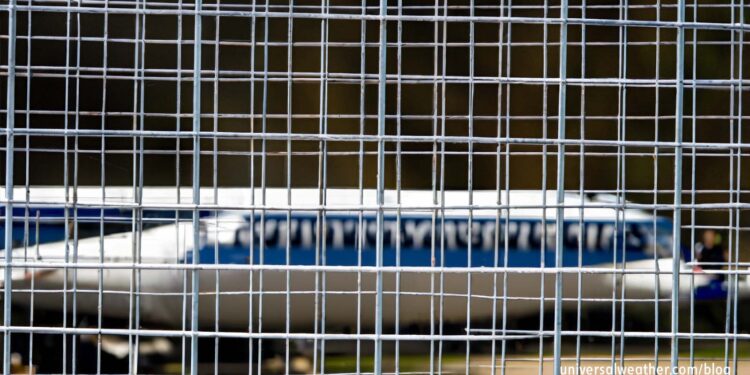Security Threat Assessments for Business Aviation – Part 2: Categories of Assessments

This business aviation blog post continues from our article last week, entitled “Security Threat Assessments for Business Aviation – Part 1: General Tips.”
There are various types of security assessments available for business aircraft operators. These range from basic country assessments to highly individualized local area assessments to assessments covering overflight, routings, and potential alternate airports. There are generally four categories of security assessments: country, city, airport, and hotel. Each should be tailored for the particular operator/mission and updated when necessary.
The following is an overview of what you need to know:
1. Country and city assessments
Country security threat levels are generally rated 1 through 5: from low threat to extreme threat. Threat levels are compiled using a range of parameters including crime, demonstrations, ethnic conflict, insurgency, kidnapping, terrorism, and war. Assessments provide an overview of the country as a whole – including a full health risk section with suggested/required immunizations. A country brief, however, only provides the big picture in terms of background and analysis. City briefings indicate threat levels/profiles for particular destinations and include recommendations on areas and activities to avoid. A good city assessment will indicate specific local risks and health hazards, along with local demographics and cultural awareness considerations.
2. Airport and hotel assessments
Airport assessments cover all elements of security at destination airports – including fencing, cameras and patrols, ramp checkpoints, and airside transport options. These assessments will also advise whether a private guard should be assigned to your aircraft and whether or not such guards (armed or unarmed) are permitted airside. Assessments usually involve someone physically going to the airport to compile accurate and up-to-date intelligence. Reports should cover any likely demonstrations in the airport area, as well as recommendations/options for travel between the airport and city.
A hotel assessment is an underused tool, but it’s one of the best assessments an operator can obtain. These reports cover building specs, access, security cameras, emergency exits, lobby area guards, and recommendations as to what floors or rooms to stay in. Best floors are typically 3rd to 6th as these are harder for an outsider to access, while still being within reach of hotel fire ladders. Also covered in a hotel assessment are hotel shuttles and taxi/public transit considerations.
3. Threat assessments – overflights and alternate airports
If you’re contemplating overflying a higher-risk country, it’s best to source up-to-date security and regional information to better understand potential risks. Each operator measures risk differently, but it’s best to know your options – and security exposure – in the event you need to land unexpectedly or have an aircraft on the ground. Obtaining risk assessments for alternate airports is also recommended in case you need to divert due to weather issues or airport closures.
4. High-risk locations
For high-risk, category-five locations, your local governing authority – such as the U.S. State department – may require General Aviation (GA) operators to have security personnel onboard. If executive protection services are needed, this can be coordinated in most cases for landing locations. If you’re traveling to remote areas, you may need to consider carrying security personnel onboard the aircraft with you.
Conclusion
Review all security aspects of your trip during the initial trip planning phase. Communicate with your company security provider or 3rd-party security provider, for specific security recommendations based on your unique mission profile. Security assessments should always be tailored to the specific operator and/or unique passenger risk profiles. Finally, ensure that all onboard are briefed on the general security situation that they’ll encounter at their destination(s).
Questions?
If you have any questions about this article or would like assistance in planning security for your next trip, contact me at traciecarwile@univ-wea.com.



